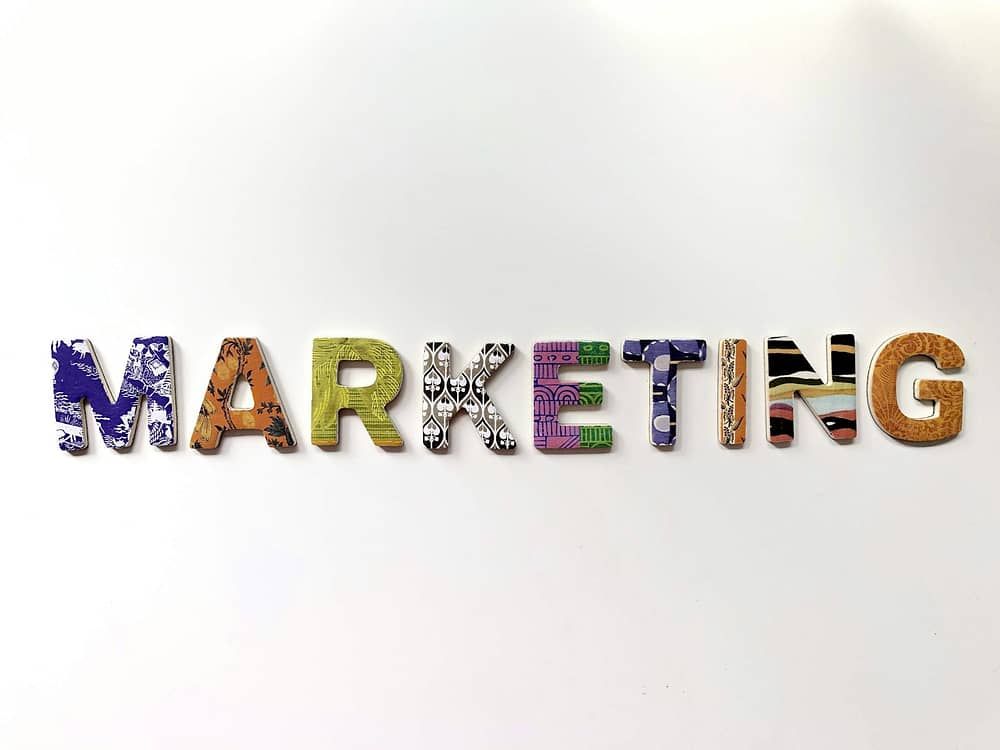How to Advertise a website: A Step-by-Step Guide for Beginners
So, you’ve built a website. Congratulations! You’ve conquered the dragon of domain names, slayed the CSS beast, and maybe even wrestled with WordPress without flipping a table. But now you’re standing on the digital mountaintop with a giant banner that says, “WELCOME TO MY WEBSITE,” and… no one is showing up.
Welcome to the club.
Table of Contents
Creating a website is only half the job. The real magic? Getting people to actually visit it. That’s where advertising comes in. But don’t worry—this isn’t Mad Men. You don’t need tons of cash or a stylish hat to get started. You just need the right tools, a plan, and maybe a cup of coffee.
Let’s dive into a step-by-step guide on how to advertise your website, especially if you’re a beginner in tech.
Step 1: Define Your Audience First (Before You Waste Time and Money)
You wouldn’t sell ice to penguins, right? So before you start throwing ads around the internet like digital confetti, ask yourself:
- Who is this website for?
- What problem am I solving for them?
- Where do they hang out online?
Personal Insight: When I first launched a site for freelance writing, I advertised on Facebook—great idea, wrong people. I was attracting meme lovers, not clients. Lesson learned: Target matters more than budget.
How to do it:
- Create a buyer persona (age, job, goals, challenges).
- Use tools like Google Trends, AnswerThePublic, or Reddit to see what your audience talks about.
- Hang out where they hang out—forums, social media, YouTube comments, etc.
Step 2: Set Clear Advertising Goals
“More traffic” is not a goal. It’s a vague wish. You need to know what kind of traffic and why you want it.
Here are some better goals:
- Get 1,000 visitors in 30 days
- Collect 100 email subscribers
- Make 10 sales this month
- Increase time spent on site by 2 minutes
Personal Insight: The first time I ran a campaign, I got lots of traffic… that bounced in 5 seconds. Turns out, the ad promised a solution I didn’t offer on the page. Clarity = conversions.
Step 3: Optimize Your Website First (Don’t Send People to a Broken Party)
Imagine throwing a party, but the food isn’t ready, the lights are out, and your dog is chewing the welcome mat. That’s what it’s like sending people to an unoptimized site.
Make sure your:
- Site loads fast (use tools like GTmetrix or Google PageSpeed Insights)
- Design is mobile-friendly
- Navigation is easy
- Content matches the ad they clicked
Pro Tip: Your homepage shouldn’t be a maze. Lead visitors exactly where you want them to go—whether that’s a blog post, product page, or signup form.
Step 4: Use Search Engine Optimization (SEO) – Free Ads Forever
Before you spend a single kobo, make sure your website works for you around the clock with SEO.
What is SEO? It’s like teaching Google how to find your site and recommend it to people for free.
Key basics:
- Use keywords your audience is searching for (e.g., “best budget laptops 2025”)
- Include descriptive alt text for images (since Google can’t visually interpret them)
- Create content people want to read (solve their problems, don’t just promote)
- Use SEO plugins if you’re on WordPress (e.g., Rank Math or Yoast)
Personal Insight: I once wrote a blog post that got only 20 views in a month. After optimizing the headline and adding better keywords, it now brings in 1,200 monthly visitors—without a single ad.
Step 5: Leverage Social Media (Free and Paid)
Social media is the loudspeaker of the internet. Whether you’re on Facebook, Instagram, LinkedIn, or X (formerly Twitter), use it to your advantage.
Free ways:
- Share blog posts with engaging captions
- Join groups and communities and add value (no spamming!)
- Use trending hashtags
- Create short videos (Instagram Reels, TikToks, YouTube Shorts)
Paid ways:
- Boost high-performing posts
- Run targeted campaigns using audience filters (age, interests, location)
Pro Tip: Don’t try to be everywhere. Choose one or two platforms where your audience is most active and concentrate your efforts on those.
Step 6: Google Ads – Show Up Where It Matters
Google Ads puts your website right at the top of search results—instantly. It’s like paying for the VIP line.
You choose:
- What keywords you want to appear for
- Your daily budget
- Where your ads are shown (search only, display network, YouTube, etc.)
Personal Insight: My first $20 in Google Ads brought me 300 clicks. Sounds amazing, right? Until I realized none of them converted. Why? I targeted the wrong keywords (“free” instead of “buy”). Lesson: Intent matters.
Beginner Tips:
- Begin with Search Ads—these are text-based ads that appear on Google search results.
- Use Google’s Keyword Planner to find relevant phrases
- Don’t ignore negative keywords (words you don’t want to appear for)
Step 7: Facebook and Instagram Ads – Target Like a Laser
Meta (Facebook + Instagram) ads are excellent for visually showcasing your brand, products, or blog. Their targeting is eerily specific.
You can target by:
- Age
- Location
- Job title
- Interests
- Behaviors (like people who clicked on similar sites)
Example: If you run a tech tutorial site, you can target “people interested in coding,” aged 18–35, in the US, who’ve visited online learning platforms.
Pro Tip: Always A/B test—run two ads with different headlines or images and see which performs better.
Step 8: Collaborate with Influencers (Micro-Influencers = Maximum ROI)
You don’t need to hire Kim Kardashian. There are micro-influencers with 1,000–50,000 followers who have super engaged audiences.
Find influencers:
- In your niche
- Whose audience overlaps with yours
- Who actually respond to DMs
Personal Insight: I once shelled out $30 to a bookstagrammer who had 7,000 followers. The result? 120 clicks and 20 email sign-ups. That’s better than some $100 ad campaigns I ran.
Step 9: Use Content Marketing – Help First, Sell Later
People don’t like ads. But they love helpful, engaging content.
Create:
- Blog posts (like this one )
- How-to guides
- Case studies
- Infographics
- Free tools or templates
The key is to educate or entertain, then softly pitch your site at the end.
Example: If you run a fitness gear store, write posts like “10 Exercises for Beginners (Using Just a Resistance Band)” and link to your products.
SEO bonus: Content marketing also boosts your search engine rankings!
Step 10: Start an Email Newsletter (The Underrated Powerhouse)
Email is NOT dead. In fact, it’s your direct line to people who’ve already said “I like your stuff.”
What to do:
- Offer a freebie (checklist, eBook, discount) in exchange for their email
- Send valuable content weekly or biweekly (not just promotions)
- Include your website link in every email
Pro Tip: Use tools like Mailchimp, ConvertKit, or Beehiiv for beginners.
Personal Insight: My email list is only 700 people, but it consistently drives more traffic than Twitter and LinkedIn combined. Email = warm audience.
Step 11: Submit Your Website to Online Directories
Another often-overlooked trick: Submit your site to relevant directories.
Here’s a quick list:
- Google My Business (especially for local sites)
- Bing Places
- Yelp
- Product Hunt (for tech tools)
- Reddit communities with promo threads
- Blog directories like AllTop or Blogarama
Bonus: This also helps your backlink profile (which is great for SEO).
Step 12: Use Analytics (Because Feelings Aren’t Data)
You might feel like your ad is working—but the numbers might say otherwise.
Track:
- Where your traffic is coming from
- What pages they visit
- How long they stay
- What makes them bounce
Use:
- Google Analytics
- Google Search Console
- Meta Ads Manager
- UTM links for tracking ads
Personal Insight: I once turned off a campaign that felt like a flop. Turns out, it was bringing in 2 leads per day—I just wasn’t looking at the right metric (form completions instead of clicks).
Final Thoughts: Advertising Is a Marathon, Not a Sprint
If you remember one thing from this post, let it be this: Consistency wins. You don’t have to master every platform or blow your savings in one week.
Start small. Pick two methods—say, SEO and Instagram—and test, tweak, repeat.
Soon, you’ll start seeing visitors trickle in. Then flow. Then flood (okay, that might be dramatic, but you get the idea).
You’ve already done the hard part: building the website. Now it’s time to show the world what you’ve created. Advertise it with purpose, strategy, and a little personal flair.
Let the clicks roll in.




